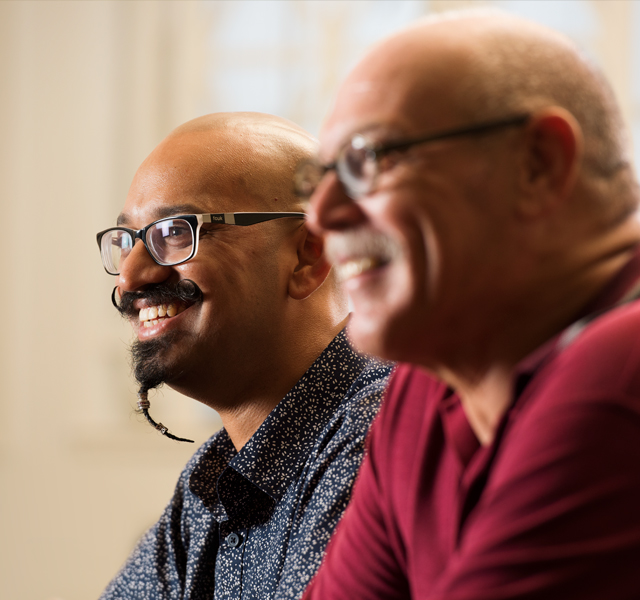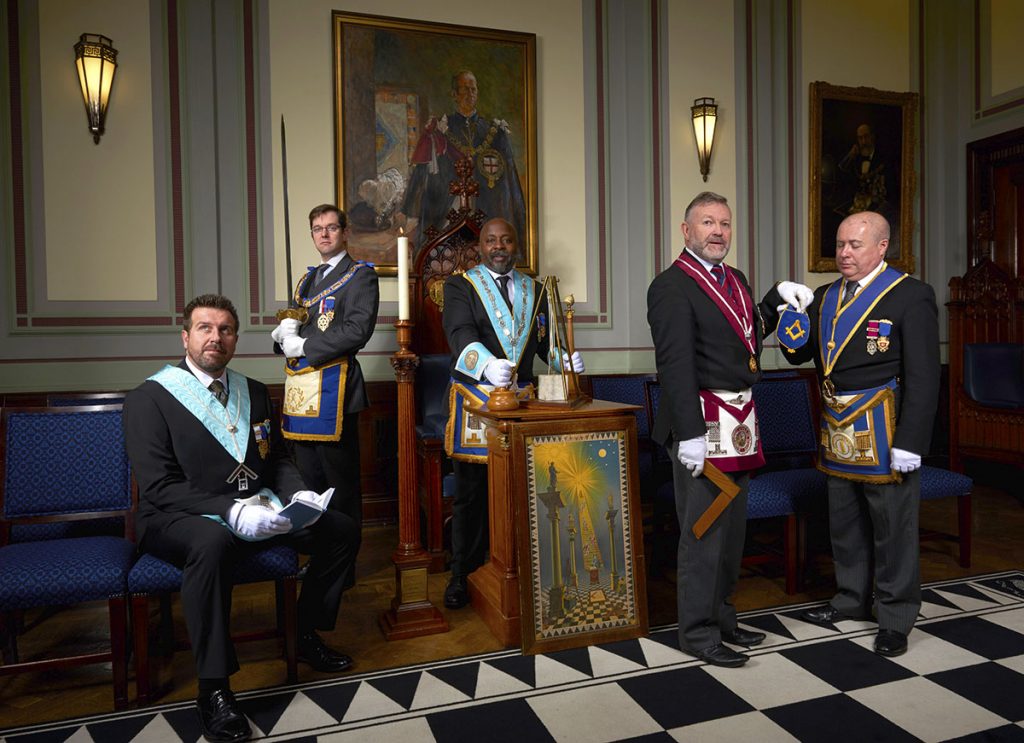Simple Steps You Must Follow for How to Become a Freemason Today
Simple Steps You Must Follow for How to Become a Freemason Today
Blog Article
Exploring the Mysteries of the copyright: What You Required to Know
The copyright, a term frequently shrouded in intrigue and dispute, stands for an intricate tapestry of historic reality and contemporary myth. Developed in the late 18th century, this secret culture was originally rooted in the Enlightenment's perfects yet has because ended up being identified with conspiracy concepts concerning elite control.
Origins of the copyright
The origins of the copyright are soaked in a mix of historic intrigue and ideological eagerness. Established in 1776 in Ingolstadt, Bavaria, by Adam Weishaupt, the group was initially developed as a secret society targeted at promoting Knowledge perfects such as reason, secularism, and the separation of church and state. join freemason. Weishaupt, a teacher of canon regulation, looked for to challenge the dominating authority of the church and state, which he viewed as oppressive institutions suppressing intellectual and personal liberty
The copyright looked for to recruit influential members from various social industries, consisting of national politics, academia, and the arts, to cultivate a network devoted to these Knowledge concepts. The culture run under a veil of secrecy, employing coded language and rituals to safeguard its participants from mistreatment, especially given the repressive environment of the moment. Nonetheless, the copyright faced considerable resistance from both governmental authorities and religious organizations, which checked out the group as a threat to their power.
Key Numbers and Members
Who were the critical figures that formed the copyright's very early impact and instructions? The Bavarian copyright, established in 1776 by Adam Weishaupt, emerged as a response to the oppressive social frameworks of the moment. Weishaupt, a legislation teacher, envisioned the organization as a way to promote Enlightenment ideals such as factor, secularism, and equal rights. His initial recruitment efforts included significant pundits, such as Baron von Knigge, that played an essential function in broadening the team's membership and organizational structure.
Another significant number was Johann Gottlieb Fichte, a prominent thinker whose concepts on nationalism and education and learning reverberated with the copyright's objectives. Although Fichte was not an official participant, his philosophical bases affected the team's ideological background. In addition, numbers like the author and philosopher Johann Wolfgang von Goethe were related to the more comprehensive intellectual movements of the moment, although their straight participation with the copyright stays debated.
These vital figures contributed to the copyright's early instructions, pushing the borders of political and social idea, while their cumulative initiatives intended to challenge established standards and cultivate a climate of progressive modification in Europe. (join freemason)
Misconceptions vs. Fact
Numerous misconceptions surround the copyright, typically blending truth with fiction in a means that covers its true nature. The idea that the copyright proceeds to exert substantial impact over globe occasions is a myth.
An additional common misconception is that the copyright comprises a network of elite individuals manipulating global events. Actually, several conspiracy theories exaggerate the group's significance, attributing unfounded motives to social fads and events. This has actually caused an oversimplified sight of complex concerns.
In addition, the portrayal of the copyright in pop culture commonly additional misshapes its legacy. Films and literary works often tend to sensationalize the organization's function, creating a story that splits from historic realities. Recognizing the difference between the myths and the reality view of the copyright is important for critical the authentic influence of this historical team and acknowledging the broader effects of conspiracy concepts in contemporary culture.

Modern Interpretations
Contemporary analyses of the copyright frequently reflect more comprehensive societal stress and anxieties and a fascination with secrecy and power. This contemporary lens often links the copyright with conspiracy theory theories that suggest a surprise elite orchestrates world occasions, controling federal governments and economic situations for their very own gain. Such stories take pop over to this site advantage of a deep-seated suspect of authority, especially in times of dilemma or social upheaval.
In prominent culture, the copyright is frequently depicted as a divine company shrouded in mystery, leading to a variety of imaginary portrayals in literature, movie, and music. This representation offers not only to amuse yet also to provoke thought of the nature of power and control in modern culture. Social media has additionally intensified these interpretations, enabling fast dissemination of conspiracy theory theories and developing communities that share and broaden upon these ideas.
Moreover, some contemporary analyses mount the copyright as an allegory for the intricacies of globalization and the interconnectedness of significant individuals and companies. This viewpoint motivates an essential exam of just how power dynamics run in today's world, highlighting the balance between openness and privacy in governance and corporate methods.
Social Effect and Legacy
Influenced by centuries of intrigue, the social impact and tradition of the copyright extend far past its historic origins. This secret culture, developed in the late 18th century, has penetrated various aspects of pop culture, from literary works and movie to music and art. join freemason. The idea of the copyright has actually developed right into a sign of conspiracy theories, commonly representing a viewed concealed power controling worldwide occasions
In literature, authors like Dan Brown have actually woven the copyright into complex stories, fascinating viewers with themes of privacy and power. Movies such as "National Treasure" and "The Da Vinci Code" better bolster the attraction of the society, mixing truth with fiction to produce appealing stories.

Inevitably, the copyright's tradition is a complicated tapestry of misconception and truth, shaping perceptions of secrecy and control in modern discourse. Its enduring presence in society emphasizes humanity's perennial quest for recognizing hidden truths.

Conclusion
The expedition of the copyright discloses a complex interplay between historical facts and modern-day myth-making. Established in the Enlightenment age, this culture aimed to test oppressive frameworks, yet its heritage has been eclipsed by conspiracy concepts that suggest elite adjustment. Comprehending the distinctions in between the initial perfects and modern analyses is vital for comprehending the sustaining attraction with the copyright and its substantial influence on cultural stories bordering power and secrecy in society.
Report this page